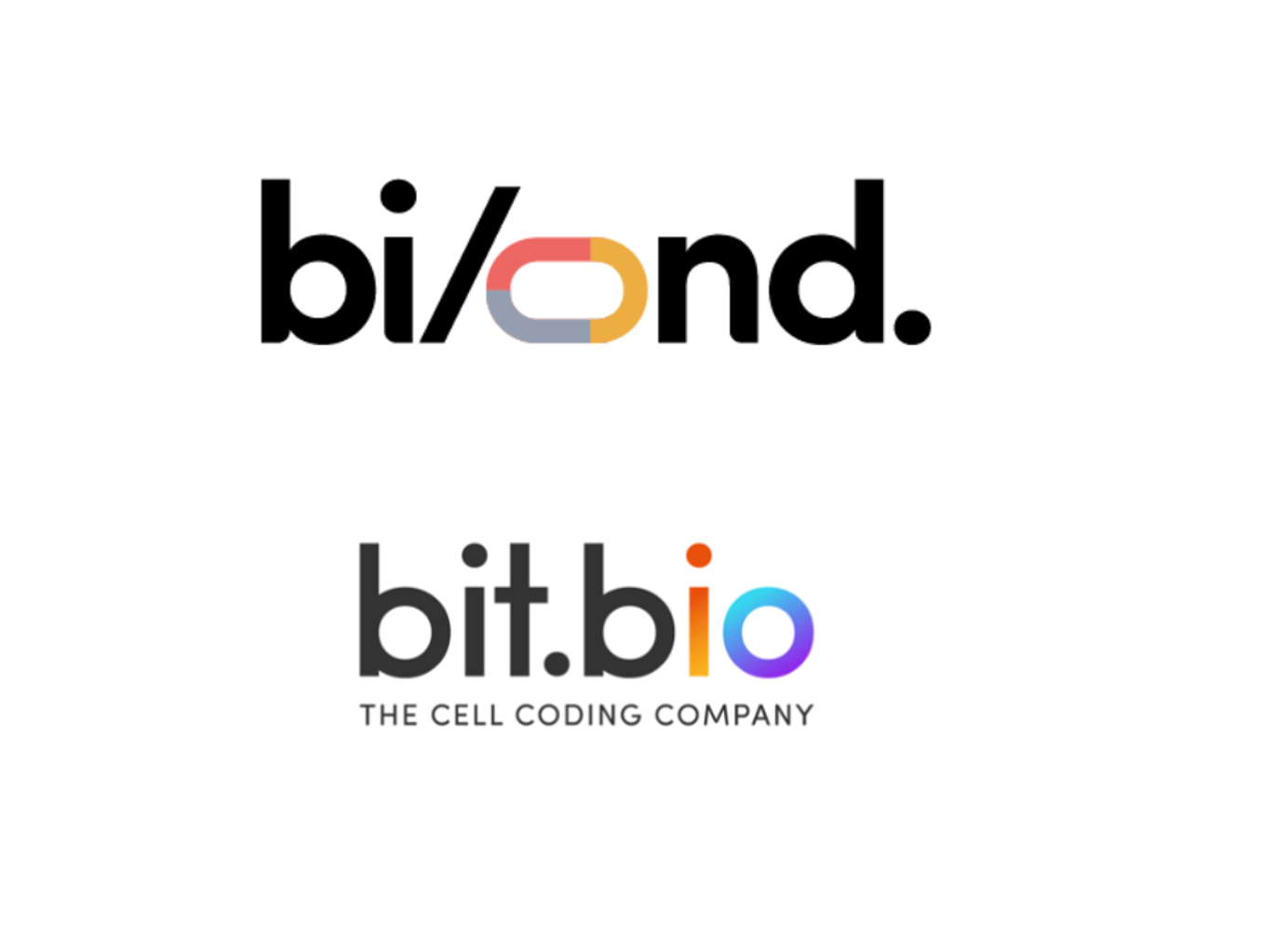30.04.2024 | Published by bit.bio

30.04.2024 | Published by bit.bio

DELFT, THE NETHERLANDS, 07:30 CEST and CAMBRIDGE, UK 06:30 BST, 30th April 2024 - Bi/ond, a TechBio company empowering pharmaceutical companies to make drug decisions through the fusion of hardware, machine learning, and tissue engineering, and bit.bio, the company coding human cells for novel cures, today announced the generation of a 3D in vitro model for studying Duchenne Muscular Dystrophy (DMD), stemming from their collaboration.
DMD is a genetic disorder causing progressive muscle degeneration and weakness, primarily affecting males, with an incidence of 6 out of 100,000 individuals*. Symptoms of muscle weakness emerge in early childhood. Despite much effort, there are no curative therapies for DMD. Research using 3D in vitro models has the potential to help accelerate the discovery of much-need treatments.
Bi/ond has established protocols to generate and characterize human 3D skeletal muscle microtissues within its MUSbit™ platform using opti-ox™ powered, defined and functional iPSC-derived ioSkeletal Myocytes™ and associated DMD disease model cells from bit.bio. The disease models carry a genetically engineered hemizygous deletion in exon 44 or exon 52 of the DMD gene encoding the dystrophin protein, and were compared to their genetically matched healthy control.
“We are delighted that this collaboration with Bi/ond has led to the creation of a human 3D in vitro model to study how exon deletions impact muscle cell function with bit.bio’s DMD disease model cells. Our cells offer consistency, scalability and reproducibility, overcoming the challenges associated with the use of alternatives such as primary muscle cells, immortalised cell lines and animal models, which suffer from variability and may not accurately represent human biology. Having access to a physiologically relevant translational model for DMD will help scientists accelerate the development of treatments for this relentlessly progressive degenerative disease."
 Farah Patell-Sochabit.bio VP Research Products
Farah Patell-Sochabit.bio VP Research Products
Bi/ond’s scientists successfully assessed cells for myotube formation and 3D tissue self-organization and evaluated contractile responses to various electrical stimuli. Within a week, they reliably generated functional 3D muscle bundles with striated myotubes and established protocols for recording intracellular calcium transients.
The result shows replication of key aspects of DMD pathophysiology in a human 3D in vitro model.
This achievement was made possible through the combined expertise of the partners and Bi/ond's silicon-based technology, which integrates tissue growth, drug testing, and activity recording on a single platform, optimizing experimentation while reducing cell usage.
“The promising outcomes of our DMD cell experiments, conducted in collaboration with bit.bio, emphasize the transformative potential of joint research efforts in addressing critical, unmet medical needs such as Duchenne Muscular Dystrophy. These results showcase the capabilities of Bi/ond, facilitating the growth, tracking, and testing of 3D tissues on a single platform equipped with high-throughput, microfluidics, and sensing capabilities. This innovative approach enables the generation of human-like data, thanks to the integration of advanced microelectronics."
 Cinzia SilvestriCEO and co-founder Bi/ond
Cinzia SilvestriCEO and co-founder Bi/ond
The model and protocols developed are now accessible. Companies in the DMD spectrum striving for innovative treatments are encouraged to reach out to Bi/ond for detailed insights and possibilities.
*source: Muscular Dystrophy Association